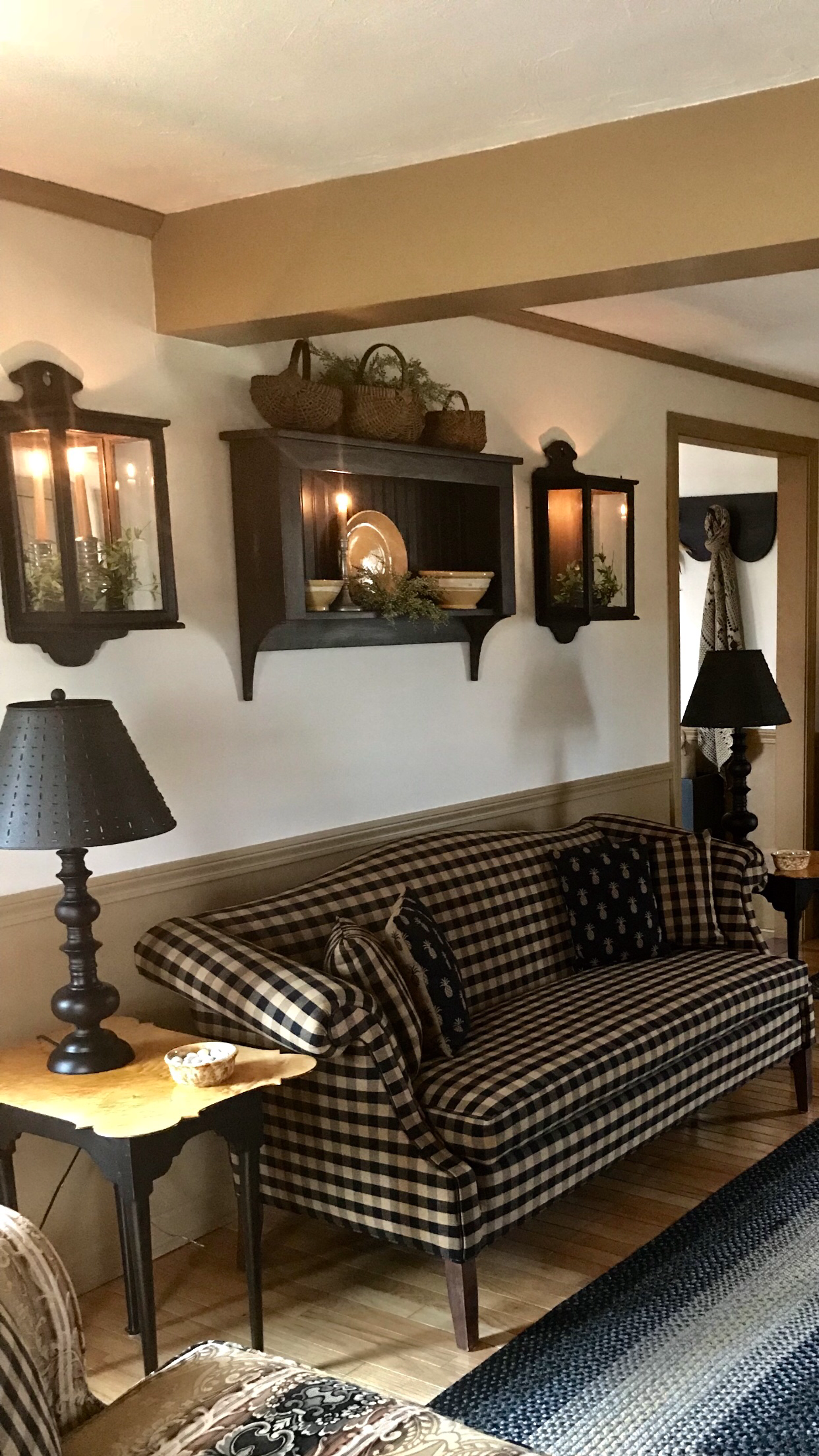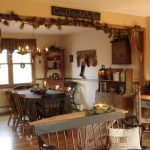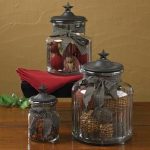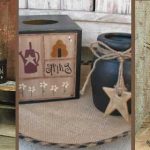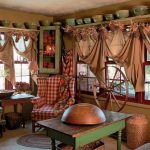In today’s fast-paced world, where technology and trends are constantly changing, many people are finding solace in the simplicity of primitive home decor. Primitive decor, characterized by its natural materials, earthy colors, and handcrafted items, offers a sense of tranquility and warmth that is often lacking in our modern, bustling lives.
The appeal of primitive decor lies in its ability to transport us back to a simpler time, where life was slower and more connected to nature. By incorporating primitive elements into our homes, we can create a sense of peace and serenity that is often difficult to find in the chaos of the outside world.
One of the key aspects of primitive decor is its use of natural materials. Wood, stone, and clay are common in primitive design, helping to bring the beauty of the outdoors inside. By choosing furniture and accessories made from these materials, we can create a space that feels grounded and connected to the earth.
Another defining characteristic of primitive decor is its earthy color palette. Shades of brown, green, and beige dominate primitive design, creating a sense of warmth and coziness in the home. By incorporating these colors into our decor, we can create a space that feels inviting and comforting.
Handcrafted items are also a major component of primitive decor. By choosing items that are made by hand, we can add a personal touch to our homes that is often missing in mass-produced decor. Whether it’s a quilt, a piece of pottery, or a handmade basket, these items can add a sense of history and tradition to our spaces.
While primitive decor may seem simple and unrefined to some, its beauty lies in its authenticity and timelessness. By embracing the natural materials, earthy colors, and handcrafted items that define primitive design, we can create a home that is both beautiful and inviting. In a world that is constantly changing and evolving, finding beauty in simplicity can be a welcome respite.
 goodworksfurniture Decoration and home design ideas
goodworksfurniture Decoration and home design ideas
